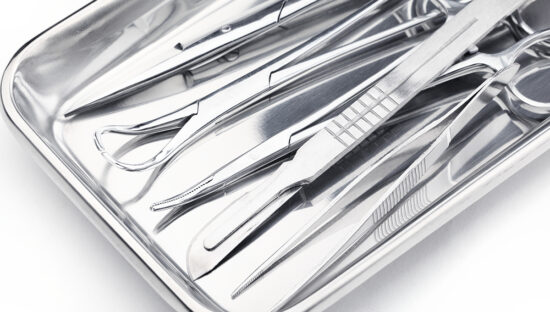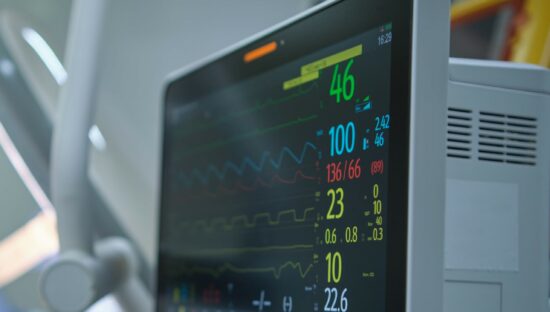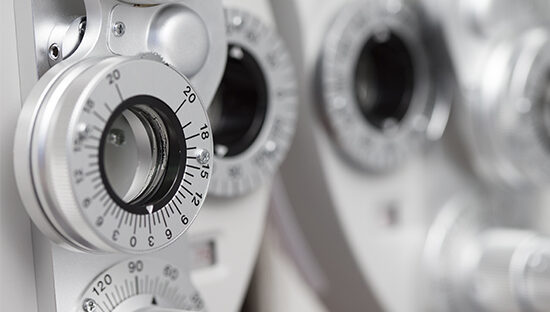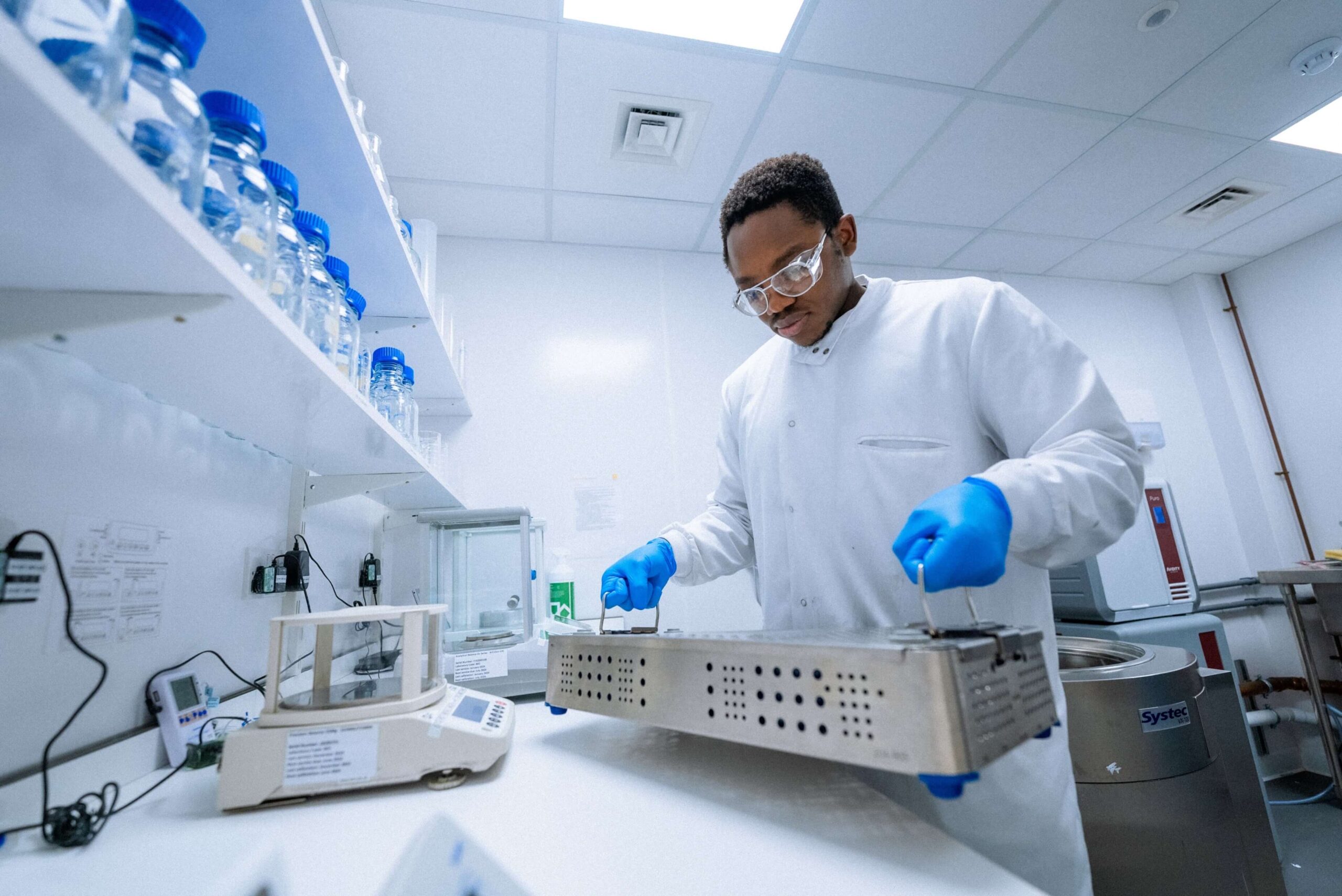
Reusable orthopaedic surgical equipment
Reusable medical devices are devices that health care providers can reuse to diagnose and treat multiple patients such as orthopaedic surgical equipment.
Medical devices intended for reuse are likely to be contaminated with patient tissue or microorganisms. Therefore, reprocessing should be a detailed, multistep process to clean and then disinfect or sterilise medical devices to ensure patient safety. When the outlined labelling instructions for reprocessing are correctly followed, the process results in a medical device that is safe to reuse more than once in the same patient, or in more than one patient. Therefore, reprocessing instructions must be fit for use.
An IFU should assist health care personnel in safe handling practices, effective reprocessing and maintenance of reusable medical devices. It should provide information complementary to the instructions for use in fulfilment of ISO 17664 and/or AAMI TIR12:2020.
ANSI/AAMI/ISO 17664 and the FDA both state that the medical device manufacturer shall validate each process that is identified in the information supplied with the medical device. This validation needs to demonstrate that each process is suitable for processing of the medical device.
Both ANSI/AAMI/ISO 17664 and the FDA state that the medical device manufacturer shall have objective evidence available that validation of the processing procedures has been undertaken to confirm that the specific medical device will be clean, disinfected, and/or sterilised when processed as directed.
The validation of IFU is a requirement of the MDR EU 2017/745 and FDA guidance. Where the processes described in the IFU are tested to ensure they are suitable for the MD.
How to choose worst case scenario?
Prior to performing a reprocessing validation, a comparison between the instructions in the IFU, and the reprocessing validation protocols should be performed. This comparison will ensure that the reprocessing efficacy will be validated using the worst-case conditions. This comparison is intended to provide a high level of assurance that a specific device will be clean after processing.
The lower limit of the process parameters (e.g., lower limit of the temperature range, chemistry concentration range, and time range) are used for the validation. Furthermore, the validation will focus on the hard-to-reach locations of a medical device.
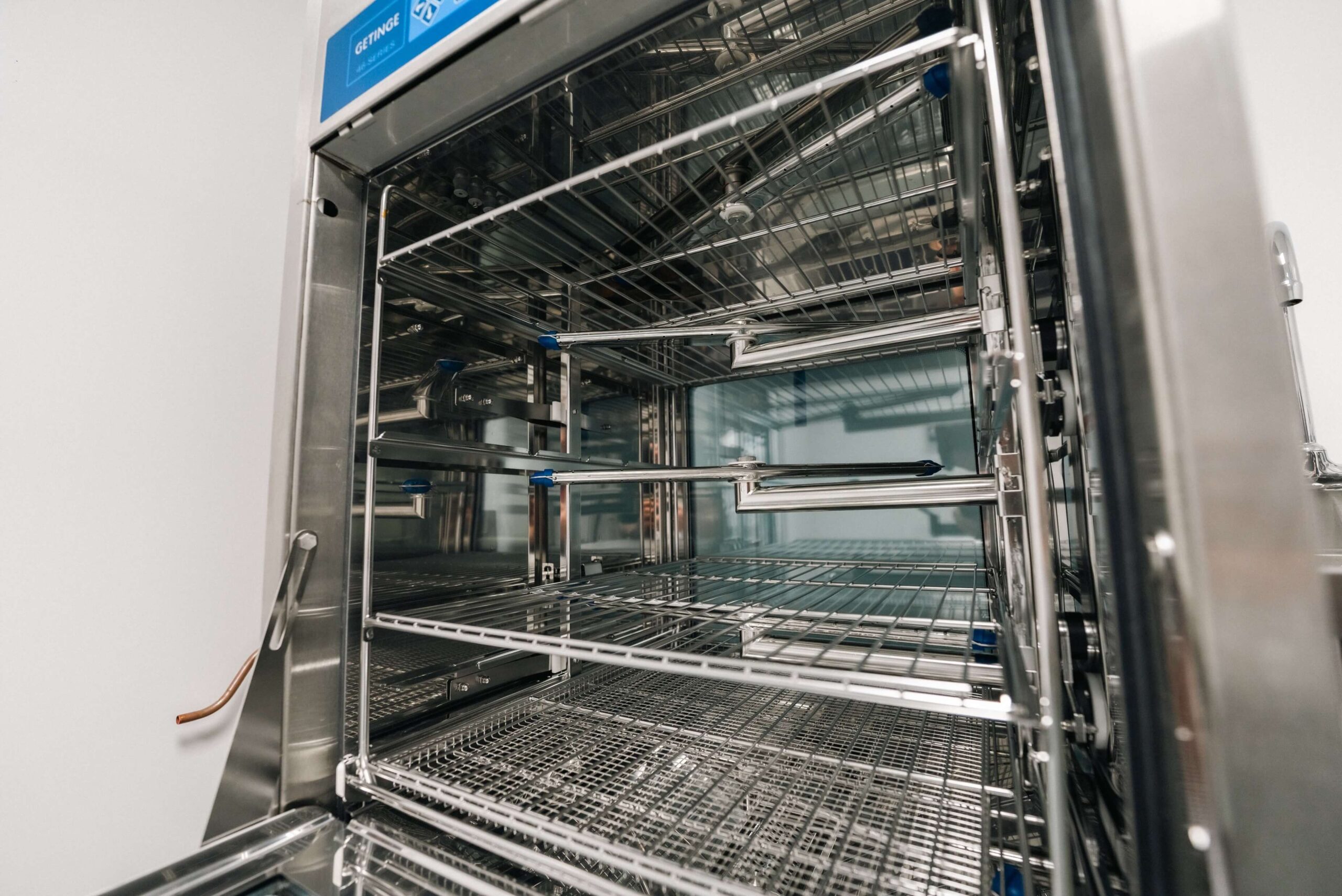
Cleaning orthopaedic surgical equipment
Cleaning should be the first reprocessing task after any pre-treatment at point of use outlined within the IFU. Contaminants are to be removed to the extent necessary for further processing or for intended use, usually with detergent and water through a manual or automated process.
Worst case considerations mean, the surfaces, crevices, serrations, joints, and lumens of medical devices should be paid special attention.
Test Labs offers a variety of cleaning validation methods designed to meet the criteria outlined in ISO 15883-5:2021 and AAMI ST98
| Acceptance Criteria | Acceptance Criteria |
| Protein | Action level ≥ 6,4 μg/cm2 |
| ATP | Action level ≥ 22 femtomoles |
| Haemoglobin | Action level ≥ 2,2 μg/cm2 |
| Carbohydrate | Action level ≥ 1,8 μg/cm2 |
The below methods are employed at Test Labs to meet the above criteria for your medical device, as a minimum, 2 analytes must be chosen from the acceptance criteria solely based on the device use case and the choice of test soil (see HTM 01-01-01 or ASTM F3208-18).
Protein
Residual protein detection at Test Labs is based on the modified ortho-phthalic dialdehyde (OPA) test method. Which is a quantitative method for the determination of primary (1°) amino groups. OPA, in the presence of N,N-dimethyl-2-mercaptoethylammonium chloride and a primary amino group, forms stable fluorescent alkylthio-2-alkylisoindoles which is detected spectrophotometrically at 340 nm.
Haemoglobin
Residual Haemoglobin detection is based on the pseudo-peroxidase activity of haemoglobin. Haemoglobin catalyses the oxidation of tetramethylbenzidine (TMB) in the presence of a peroxide to form the blue-green chromophore which is detected at absorbance maxima 370 nm and 362 nm.
Carbohydrates
Residual Carbohydrate detection is based on the reaction of Simple sugars, oligosaccharides, polysaccharide with phenol and concentrated sulfuric acid. Which results in an orange yellow colour of which absorbance maxima is dependent on the choice of test soil.
Residual ATP
Residual ATP detection at is performed using a calibrated luminometer capable of quantitative analysis of ATP down to < 1 femtomoles.
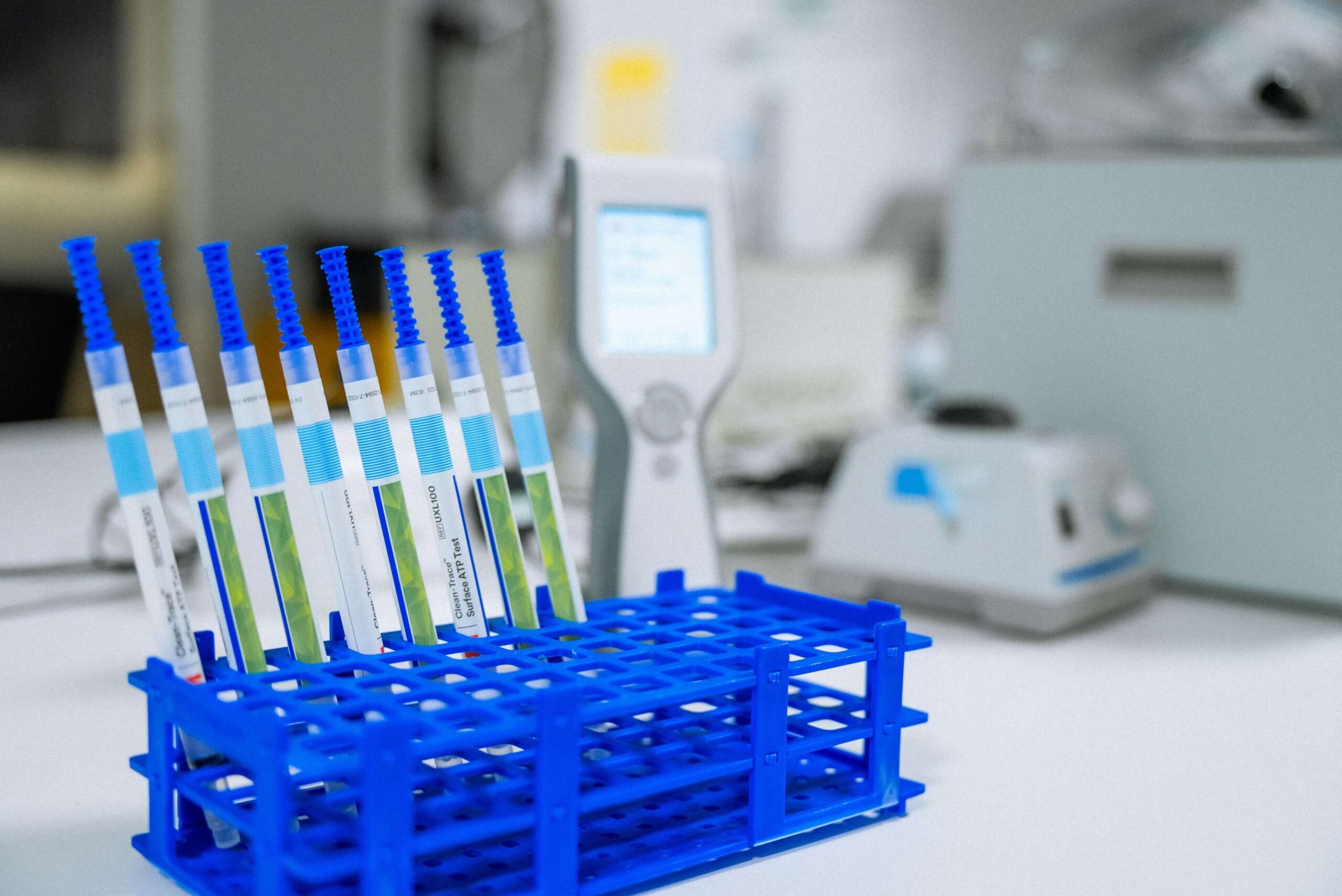
Disinfecting orthopaedic surgical equipment
Disinfection should follow cleaning within the (IFU) to render devices safe for handling in preparation for the terminal process. However, for non-critical devices and semi-critical devices which cannot be sterilised, disinfection may be used as the terminal process.
Disinfection can be performed by automated (i.e., washer-disinfector) or manual (i.e., disinfectant wipe or immersion in a chemical disinfectant) processes.
Manual Disinfection:
At Test Labs, Manual disinfection is validated based on the criticality of the medical device and both ISO 17664-1:2021 and AAMI TIR12:2020.
Low level disinfection validation is recommended for noncritical items that come into contact with intact skin only. low-level disinfection should demonstrate a log 6 reduction on Psuedomonas aeruginosa, Staphylococcus aureus, Escherichia coli, and Klebsiella pneumoniae.
Intermediate level disinfection validation recommended for semi critical items come into contact with mucous membranes or non-intact skin. Intermediate level disinfection should demonstrate a log 6 reduction on Psuedomonas aeruginosa, Staphylococcus aureus, Escherichia coli, Klebsiella pneumoniae and a log 3 reduction on Mycobacterium terrae.
High level disinfection validation is recommended for critical items enter normally sterile parts of the human body. High level disinfection should demonstrate a log 6 reduction on Mycobacterium terrae.
Automated disinfection validation
Washer-disinfectors are some of the most used equipment within healthcare. As such the automated disinfection validation at test labs is based on the ANSI/AAMI/ISO 15883 series. Specifically thermometric testing.
At Test Labs, Thermometric disinfection is validated using a Getinge Ultima Washer Disinfector following cycle parameters outlined in the provided IFU in the absence of cleaning steps for wort case scenario considerations.
During the Washer Disinfector cycle, thermocouples shall be attached to a UKAS calibrated temperature logger to monitor the orthopaedic device, walls of the WD and medical device carrier to archive:
Temperature: A0 of 600 e.g., a minimum holding time of 1 minute at 90 °C or 10 minutes at 80°C.
Variance: Temperature band of e.g., 90 C + 10 °C and not differ from one another by 5 °C
See ANSI/AAMI/ISO 15883-2 for more detailed process temperature limits.
Sterilising orthopaedic surgical equipment
The most common methods of medical device sterilisation involve thermal, chemical or radiation treatment. Thermal sterilisation, referring to either moist heat via an autoclave or dry heat via an oven, is the most accessible sterilisation process due to the availability of thermal disinfection equipment in medical settings.
At Test Labs, dry heat sterilisation is validated using our in-house method based on ANSI/AAMI/ISO 17665-1:2006 (R2013). We use the Over kill / partial cycle approach to prove a minimum sterility assurance level (SAL) can be achieved by sterilisation at have the lower limit of the temperature range specified within the IFU.


